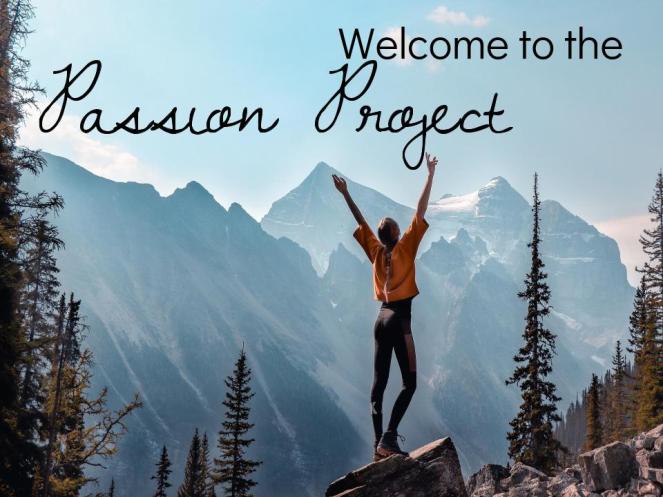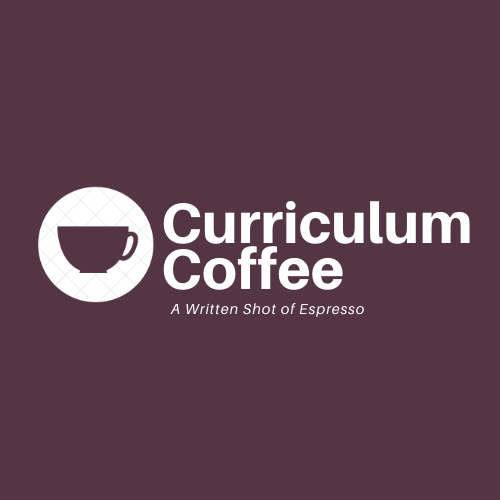This school year, much of my focus has been on student empowerment. My district has undergone some massive shifts, all centralized around the concept of personalized learning. It has been a powerful overhaul, and one that has involved a lot of time and effort from devoted teachers. A majority of us have taken huge steps to change our classrooms—physically, pedagogically, foundationally. We’ve adopted some new instructional styles, grading practices, and mentalities. It’s been incredible to see the changes taking place and the ways that some educators are rising to this challenge.
For me, the biggest challenge was in reshaping some of the units I’ve taught. At first, the idea of personalized learning was intimidating. I could not get past the notion of all my students being at completely different places in their learning, working on totally different topics, needing vastly different support… all at the same time, in the same classroom, for the same content area. This was my largest hurdle. I just could not wrap my brain around what that would look like.
It took quite a bit of introspection and discovery, but I finally realized the important truth, the basic premise, of personalized learning.
It’s about empowering the kids.
Giving students a say in their education—whether that be in the process, product, or content— is what personalized learning is all about. That’s a lot simpler than it sounds. And it’s a lot simpler to put into practice than I originally thought.
I started by adjusting some of my language arts units to incorporate more student choices. I began with the basics: letting kids choose a topic to write about or a book to read from a menu. Then giving them options or topics to assess their proficiency at our learning targets. As I became more comfortable with it, the freedom I offered became more sophisticated. Students had the opportunity to pace out the work the way they wanted, attending mini lessons when they needed them. I began giving them completely open-ended assessments, providing only the learning targets and challenging them to show me what they knew.
It was hard at first to give up the notion of control. But, in the end, that’s all it was… an idea. Once I cleared up my own misconception that my students couldn’t possibly handle this kind of freedom, once I got over the fact that it was actually possible to support students moving at their own pace (I mean, think about it, you probably already do this), my classroom buzzed with learning.
Kids were working on their reading and writing skills in earnest. They were creating products for assessment that were mind-blowing. Poems were being written, iMovies were casted and produced, skits were being performed, games were being coded. It was amazing the talent, the ability, I had in my room. Kids were flourishing under this kind of guidance.
From that, I was inspired to write a new kind of unit, one completely focused on helping students find their voices. We had always given speeches in our sixth grade ELA classes, and the kids always did well on them. It usually ended up being a challenging, but fun experience for them. I knew I wanted them to give a speech. I knew I wanted it to involve research and information writing. I just didn’t quite know how to structure it so that we could accomplish these important learning goals, while still empowering them with choice and voice.
So I took to the internet. I reflected. I pondered our standards. I researched.
And I stumbled across this quote attributed to civil rights leader, Howard Thurman, as I was looking.
“Don’t ask what the world needs. Ask what makes you come alive, and go do it. Because what the world needs is people who have come alive.”
As I read this quote to myself, I couldn’t help but think about how my job, the job of all educators, is to help our students become the people they will ultimately be. To guide them in their lives, helping them develop skills for their futures and inspiring them to find what they love.
And, with that, The Passion Project was born.
For the last four weeks in my classroom, we have been working on research, expository writing, and informational speaking standards. We’ve been working on multimedia presentations. We’ve been practicing skills to engage an audience. We’ve been taking notes. We’ve discovered the power of credible sources. We’ve learned to structure an informative piece of writing so it makes sense. In short, we have been doing some serious work.
There has been frustration, as there typically is in learning something new (if you’ve ever taught kids to research using something that isn’t a basic Google search, you know the frustration wasn’t just from them). But there’s also been a lot of excitement, which is something I love to see when I’ve created a new learning experience.
This unit was built on the idea that I want to help my students find what they love, learn as much as they can about it, and then set a goal for themselves that involves this passion. That goal could be to make a career of it or involving it, to start a service project, to take up a new hobby, to create a club, or really anything they want it to be. The bigger piece is that they find a way to do something with what they learn, and then share it with the class in a speech.
They’ve done an incredible job so far. I’ve gotten some powerful feedback from them—for many this is their first experience with being able to learn and write about literally anything they choose. We’ve had a lot of options for choice in our class this year, but this was the first time where they could go completely rogue and follow whatever their hearts desired.
 Some feedback on the bottom of a student’s rubric
Some feedback on the bottom of a student’s rubric
What’s more is that they’ve risen to the challenges we’ve come across in this experience. It’s been a powerful lesson in perseverance. When students are all writing about different topics (from caring for a pet bird to becoming a robotics engineer), there is no way to give them a standard mini lesson on specifically how to structure that piece of writing. They really have to work through the writing process, consider the piece as a whole, consider the information they have, and actually learn to organize their expression. It’s been tough, especially because it’s pushed them out of their comfort zone, but so many of my kids have come so far and have become more confident in their writing because of it.
The speech and visual presentation that goes with it are what we’ve been focusing on this week, and thanks to the Polar Vortex that shut down Chicago, they’ve had a little extra time to put into it at home (I know, wishful thinking). From what I’ve seen so far, we are going to have some really incredible informative speeches. It’s already clear that there’s been some amazing learning.
What’s more, though, is the lesson that this unit has taught me. I’ve seen the power of fully letting the control pass to my students. I’ve witnessed the transformative quality that comes with empowering them not just to choose what they want to learn about, but to find a way to develop their passions. I have seen them become confident and feel good about their writing because they struggled through the process with my help. I have counseled, taught, and molded these projects with them, while still letting them take the lead. And I have watched my students become ignited and invested in their learning process. They care about doing well on this speech because the presentation is about their own futures, interests, and aspirations. They see how their voice fits because that’s what they’ve been researching and that’s what we’ve been practicing. We’ve seen together how important it is to discover how to do something with what you love.
I’ve decided to share this unit with all of you. Feel free to use it, if you’re so inclined. Add to it, modify it, make it yours. And if you’re inspired to do so, let go of the control and make it your students’. Because that is where The Passion Project really belongs—in their hands.

Click here for a link to the Google Drive folder with all the resources I used! They are editable if you make your own copy or download them individually. There’s no need to credit, just let it work its magic for your students and try out a little personalized learning.
If you are having trouble accessing the link, shoot me a DM on social (@kngiordano) and I will be more than happy to send it over!


